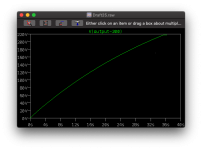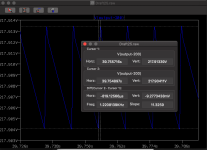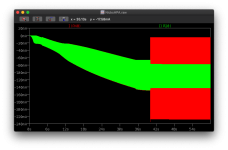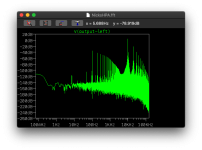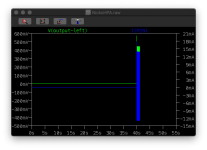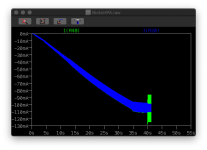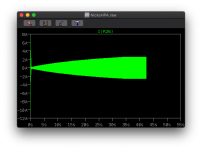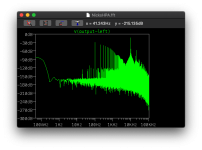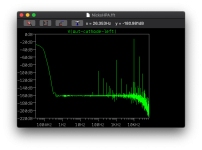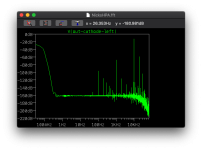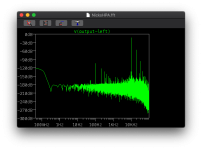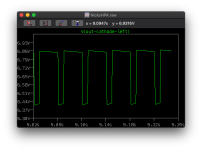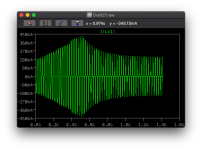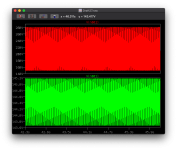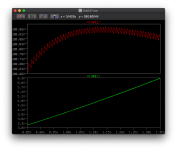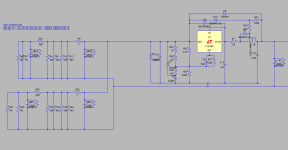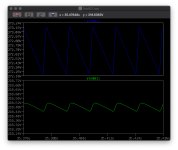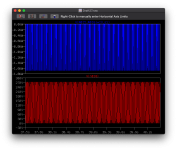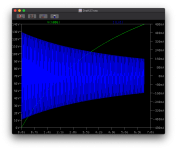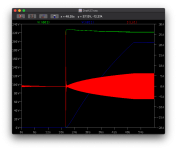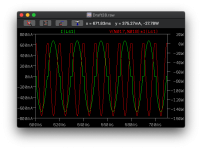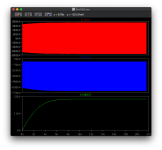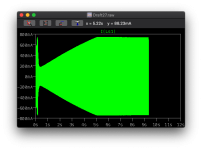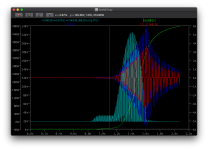Whole set of caveats and things to iron out.
Naturally I don't advise copying this design, if you do so you do at your own risk. This is my first. This design has not be built before.
This is the current configuration. Some notes:
* For my build I'll be adding a a current limiter per channel between R48 and C13.
* fuses will be added between C13 & R48.
* The low pass is pretty basic targeting 1Hz multiple times
* there is possible way to reduce noise further by moving the ground point.
* The 12.6V I've pretty much ignored, so I will not be implementing, it's kept to add current drain to the transformer. 5V digital line will be missing too from the initial build but is there for calculating the thermistor Joules required.
* Right channel is a duplicate including the filter C13/C12/R34. If you don't have one for each channel you'll get cross talk through the B+ line.
* R12, R9, R48, R20 will be variable resistors initially until the system is tuned. It is highlighly likely that R11,R17 and R25 / R15,16,18 will also be variable as the ecc99s are not matched and may vary.
* U1 may need some matching but I'm hoping that the balanced tubes will at least be closer than the ecc99s.
* There is no current limiter shown for the heaters
* There is no negative grid bias mechanism - careful as the U2 anode voltage may rise faster than the e99 cathode voltages, this I've not checked since removing the voltage regulators.
* no bleed resistors show (100K) for each of the caps. I need to see if this changes the filter and adjust the resistor values according if it does.
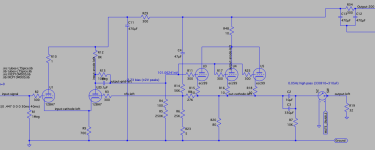
Power supply section
* the hard power switch, fuse are not shown
* the bypass will be a manual switch, literally next to the power switch - switch main power, count switch the other. The Thermistor should be specced for at least 4A sustained and 490J inrush so I will be using a 10A capable 600J (about £9).
* Again no bleed resistor across the 1000uF cap.
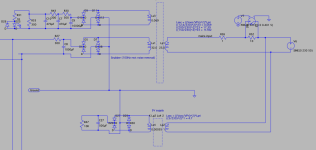
Those that are following for interest but don't quite follow the sections, left to right:
Left - that the mains supply - a sine wave 50Hz
The 10ohm resistor is simply simulating the thermistor, with a bypass switch, the 1 ohm is so I can easily measure the AC current flowing.
Next is the toroidal transformer
The full wave bridge rectifier
Then C8 is the 'reserve' capacitor. This is the first ripple smoothing cap. It main job is to provide a backbone for constant current output. This is why it's 1000uF (valve amps only draw milliamps not amps) but what is important is the high ripple current so it can provide output and charge fast.
Actually that R27 should really be removed, and put in front of each of the low pass filters - currently that's why I get a slightly worse noise after making the change for cross talk (just spotted that!).
Given the current setup a 447mV signal actually outputs 386mV signal. This represents (if my calls are correct) a -8.27dB attenuation (naturally providing more current power). So my 104dbV (ie 104dB per 1 volt) headphones would be playing at 97dB .. plenty loud enough!
